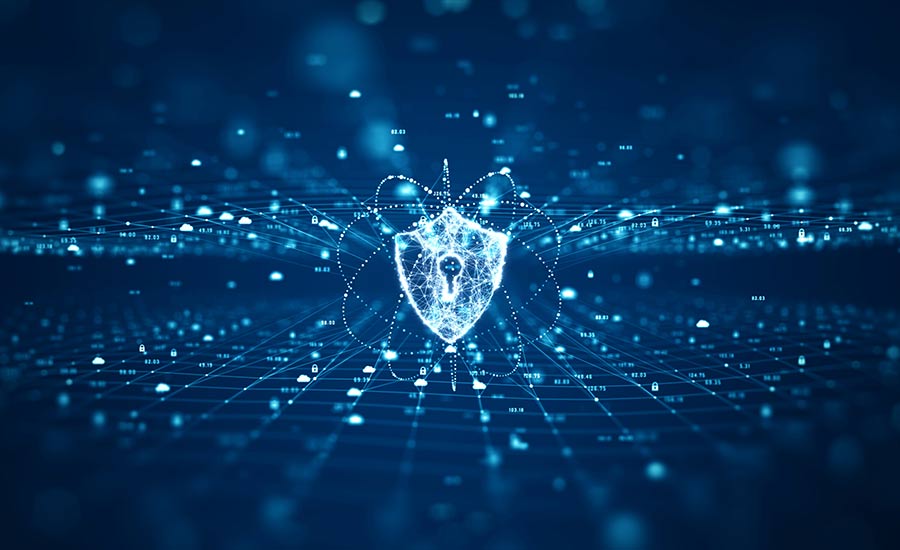
Cyber Threat Intelligence Best Practices
In the complex world of Cyber Threat Intelligence (CTI), corporations and government entities have their own distinct challenges and priorities. Public and private sector CTI practices differ in a few key areas with emphasis on divergent threat landscapes, contrasting regulatory frameworks, and operational objectives. As such, each environment requires a nuanced approach to intelligence gathering, analysis, and application.
The best practices for threat intelligence are shared by both sectors, but the way they are applied varies based on how teams define “effective cyber threat response”. A comprehensive threat intel strategy will necessarily include the components below:
- Gather intelligence
- Analyze information
- Apply intelligence
- Proactive use
- Minimize response time
Corporations will be primarily focused on protecting customer data, intellectual property, and ensuring business continuity. In some cases, this may be governed by industry-specific regulations and laws, like HIPAA, and many businesses operate in multiple regulatory environments. Along the same lines, corporations are often targeted for financial gain or competitive advantage, while governments may be targeted in sabotage or influence operations. Resource allocation and tooling also vary greatly between public and private entities, with corporations often having more flexibility and agility around budgets and tools. In many cases, cost-effectiveness is a major driver in the private sector so technology return-on-investment can be weighed as heavily as how well the technology performs.
Analyst1 delivers a best-in-class threat intelligence solution that is built to secure classified information, critical infrastructure, and national security interests while deploying a deep understanding of how businesses apply that intelligence to safeguard their customers’ data and their own intellectual property. This streamlined CTI process delivers:
- Automated Collection and Processing:
• Automates collection and processing of intelligence.
• Employs supervised machine learning and natural language processing to transform data into actionable insights. - Centralized Operations and Oversight:
• Provides centralized security operations and oversight.
• Integrates with security and identity products for a unified approach. - Enhanced Detection and Response:
• Facilitates faster detection and incident response.
• Enables the creation and deployment of defense rules and updates sensor configurations. - Risk Assessment and Prioritization:
• Identifies and prioritize security risks
• Links vulnerabilities to threats for better asset protection - Incident Management and Remediation:
• Assists in responding to breaches and preventing recurrence.
• Prioritizes remediation efforts based on threat insights and tracks vulnerabilities. - Cost and Time Efficiency:
• Demonstrates significant cost savings with automation.
• Reduces threat detection and response time
The primary goal of any cybersecurity program is to protect the confidentiality, integrity, and availability of information assets from cyber threats and vulnerabilities. It’s not just about addressing immediate threats; it’s about foreseeing, innovating, and staying ahead. Analyst1 goes beyond threat hunting to turn intelligence into action.


